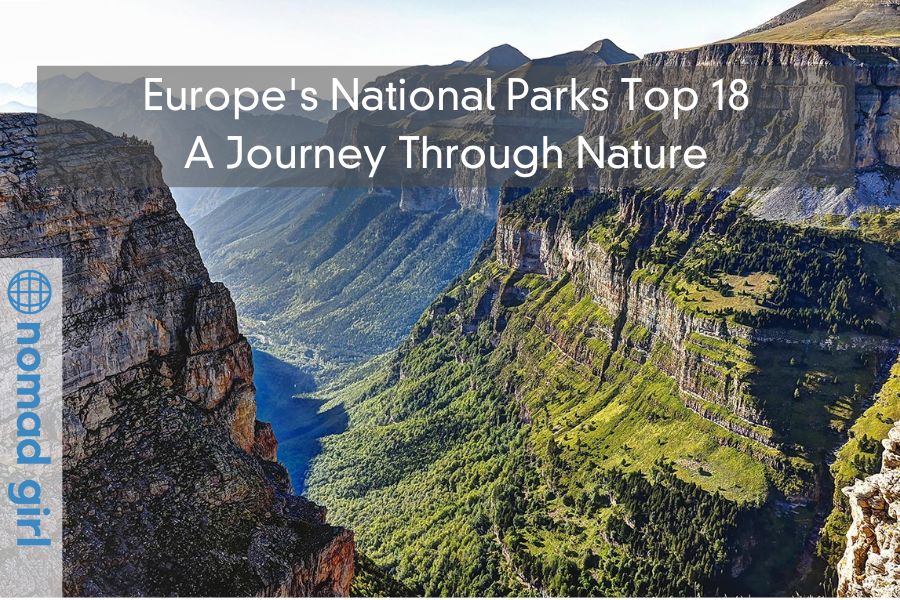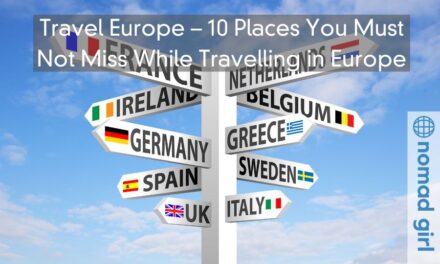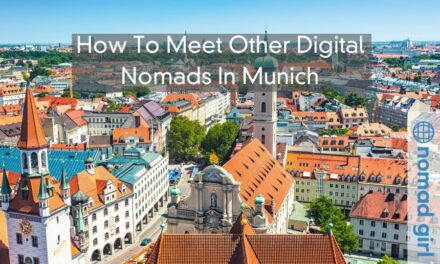Europe is famous for its cities like London, Barcelona, and Paris, but it’s also home to many incredible national parks. Each park is a haven of biodiversity, showcasing the captivating landscapes and rich ecosystems that define the continent’s vast and varied terrain.
If you’re a nature lover looking to escape the hustle and bustle of city life, look no further than Europe’s national parks.
Before you start planning your trip to Europe, be sure to check which documents you need. Soon the ETIAS requirements will be necessary for certain nationalities.
1. Plitvice Lakes National Park, Croatia
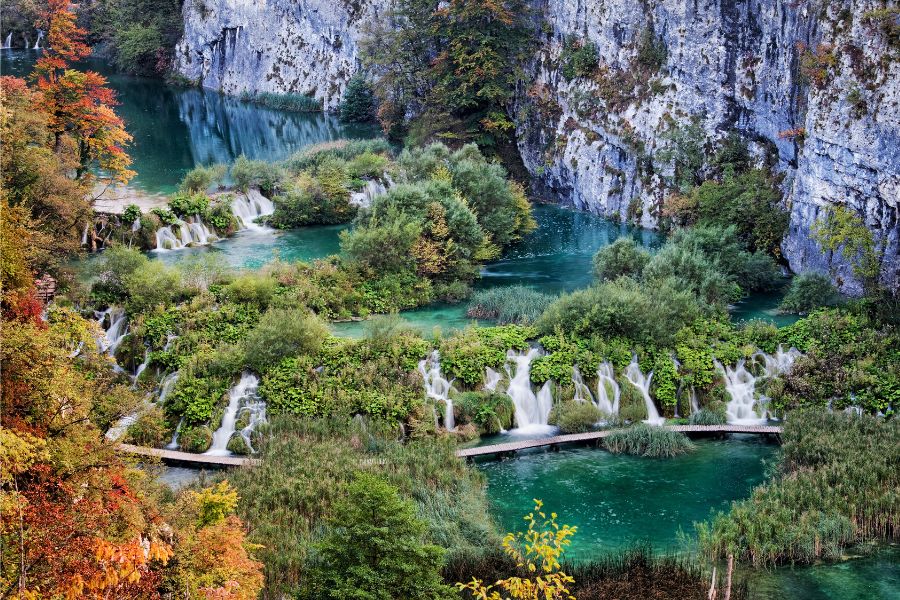
Located in the mountainous karst region of central Croatia, Plitvice Lakes National Park is celebrated for its sequence of 16 terraced lakes, joined by waterfalls that extend into a limestone canyon.
For wildlife enthusiasts, Plitvice offers a chance to spot deer, bears, wolves, and rare bird species.
2. Aigüestortes i Estany de Sant Maurici National Park, Spain
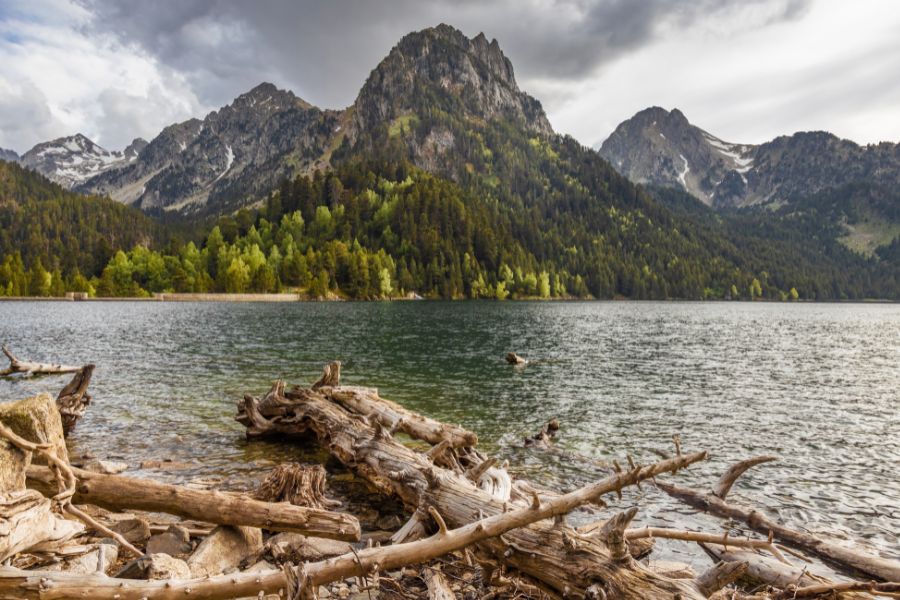
Nestled in the high Pyrenees, this park is a mosaic of mountain peaks, verdant valleys, and crystal-clear waters. The landscape is dotted with over 200 lakes, many connected by trickling streams.
The park is incredible to visit at any time of year. In winter, the snow-covered peaks offer a picturesque setting, while in spring, wildflowers bloom beautifully in the valleys.
3. Triglav National Park, Slovenia
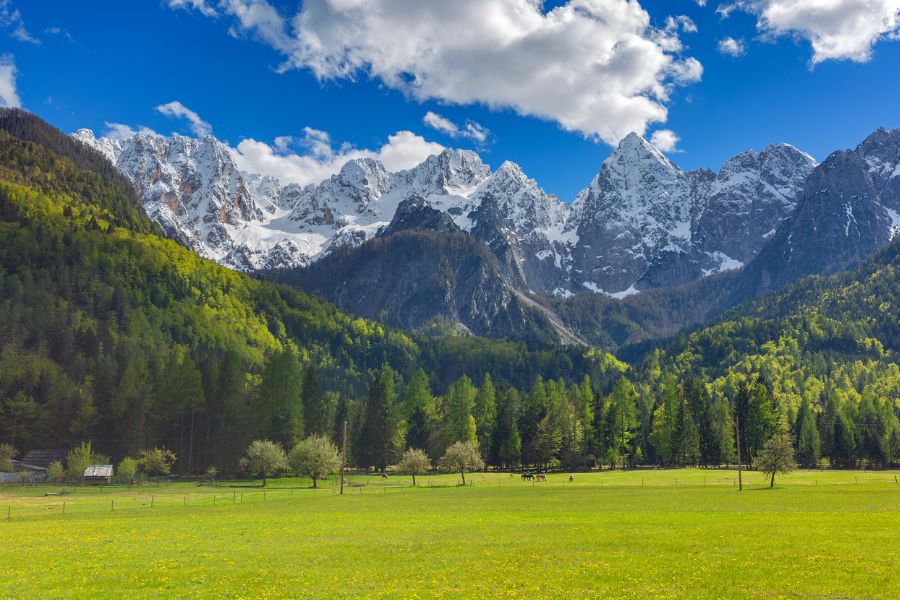
An ode to Slovenia’s highest mountain, Mount Triglav, this park covers nearly 4% of the country’s land. Here you’ll find alpine meadows and forests that lead up to the rugged mountain terrain.
The Soča River, with its emerald green hue, carves its way through parts of the park, offering opportunities for water sports.
4. Sarek National Park, Sweden

A true example of European wilderness, Sarek boasts over 100 glaciers and several of Sweden’s highest peaks. Due to its remote location, it attracts serious trekkers seeking solitude and unspoiled nature.
The park is also a part of the Laponian area—a UNESCO World Heritage Site due to its unique combination of nature and Sami culture.
5. Białowieża National Park, Poland and Belarus
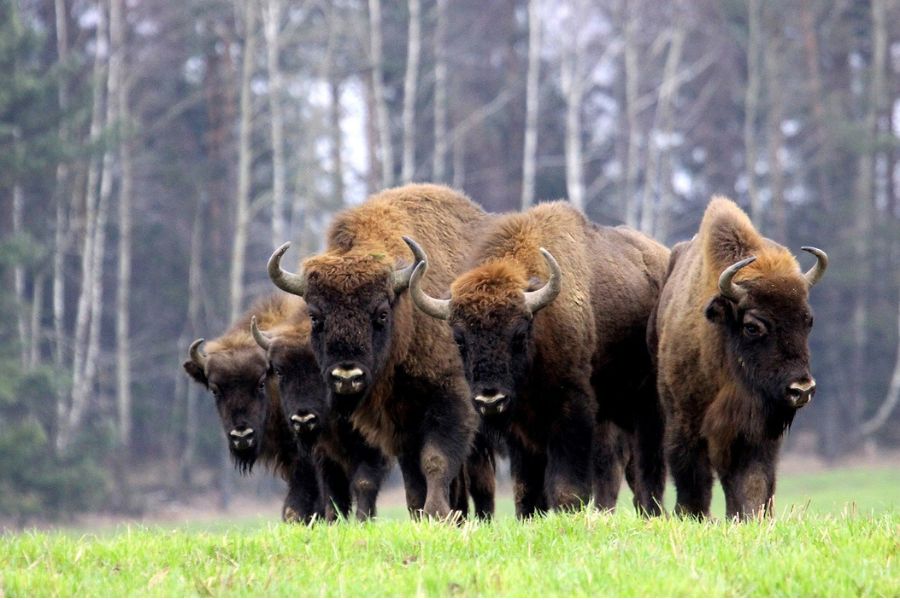
This incredible park preserves the last primeval forest of the European lowlands. Ancient oak trees, some over 500 years old, stand tall among lush undergrowth.
In addition to the iconic European bison, the forest is home to wolves, lynxes, and over 250 bird species.
6. Vatnajökull National Park, Iceland
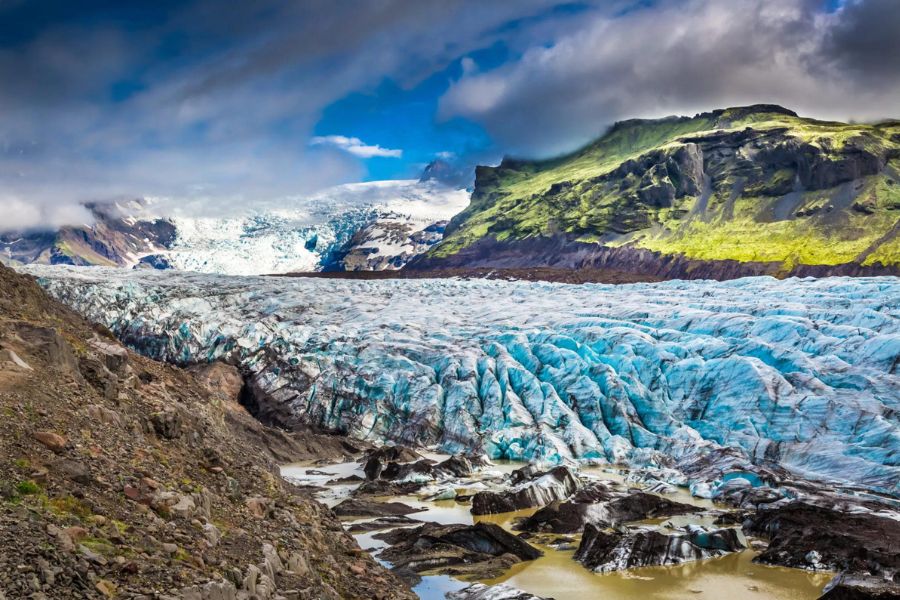
Vatnajökull National Park is a magical realm where ice meets fire. It’s home to Europe’s largest glacier, Vatnajökull glacier, and numerous active volcanoes.
Tourists flock to see the park’s ice caves, the otherworldly landscapes around the Jökulsárlón glacial lagoon, and the dramatic Svartifoss waterfall.
7. Ordesa y Monte Perdido National Park, Spain
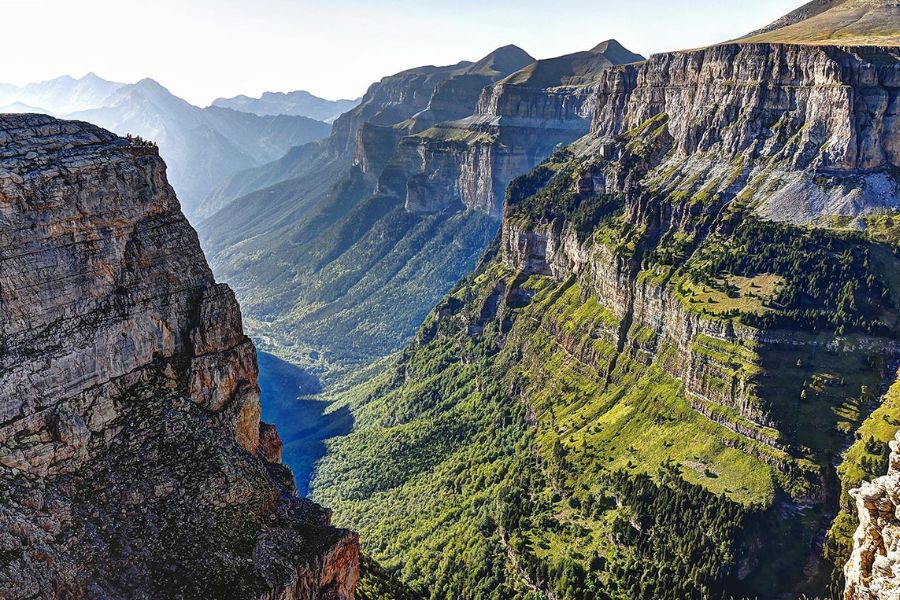
Designated a UNESCO World Heritage Site, the park mesmerizes visitors with its glacial valleys, limestone caverns, and cascading waterfalls.
Monte Perdido, the third-highest peak in the Pyrenees, stands guard over the park, providing a challenging trek for mountaineers.
8. The Cairngorms National Park, Scotland
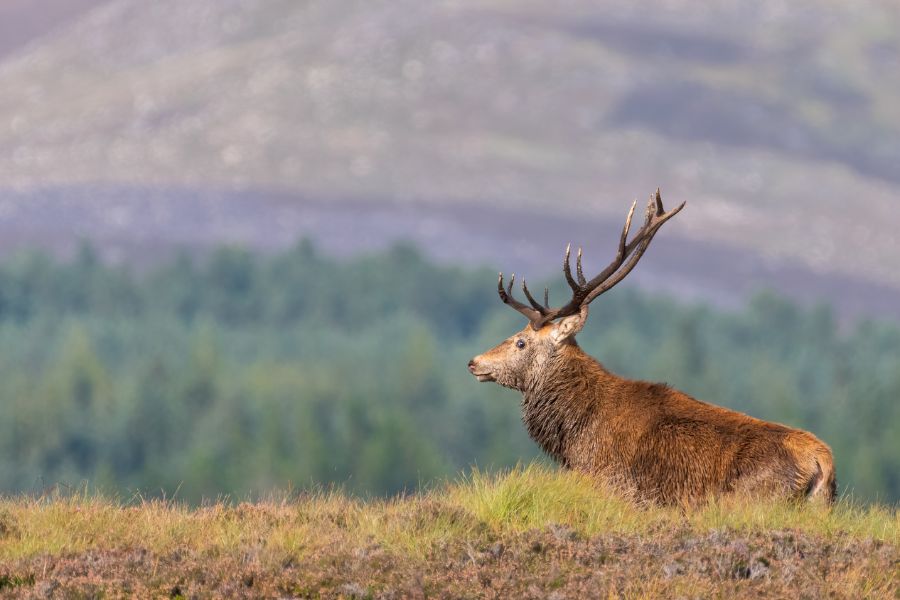
In the heart of the Scottish Highlands, Cairngorms is a land of ancient pine forests, sweeping moorlands, and gentle lochs.
You’ll find a range of activities to do in the park, from skiing in the winter to birdwatching in the spring.
9. Gran Paradiso National Park, Italy
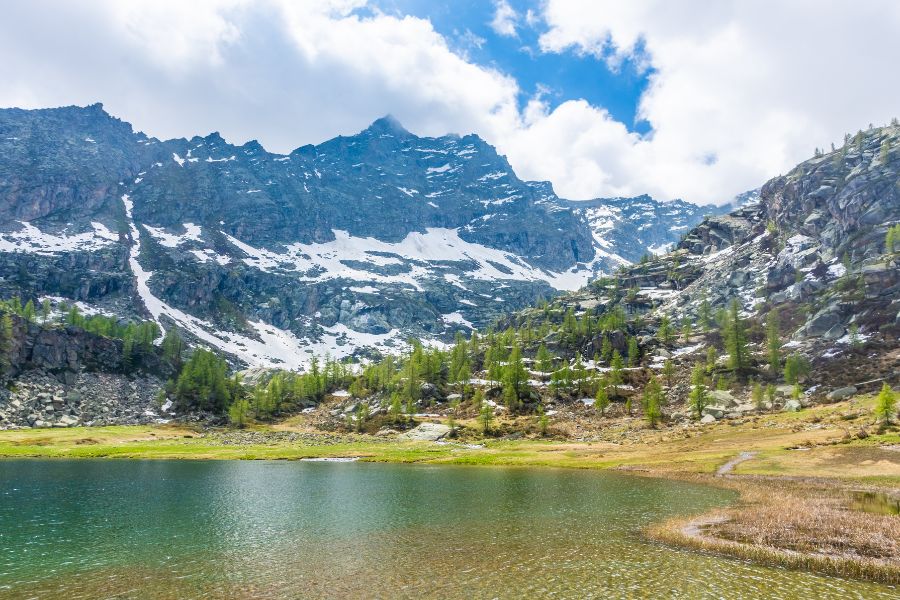
At the edge of the Aosta Valley, Gran Paradiso offers stunning Alpine landscapes and is a refuge for many endangered species. It’s a haven for the Ibex, which adorns many of the park’s promotional materials.
With over 450 km of trails, Gran Paradiso is a hiker’s dream.
10. Ecrins National Park, France

Tucked in the Dauphiné Alps, Ecrins National Park presents a dramatic canvas of jagged peaks, deep valleys, and glistening lakes.
The park is also a hub for adrenaline junkies, offering climbing, skiing, and white-water sports.
11. Peneda-Gerês National Park, Portugal
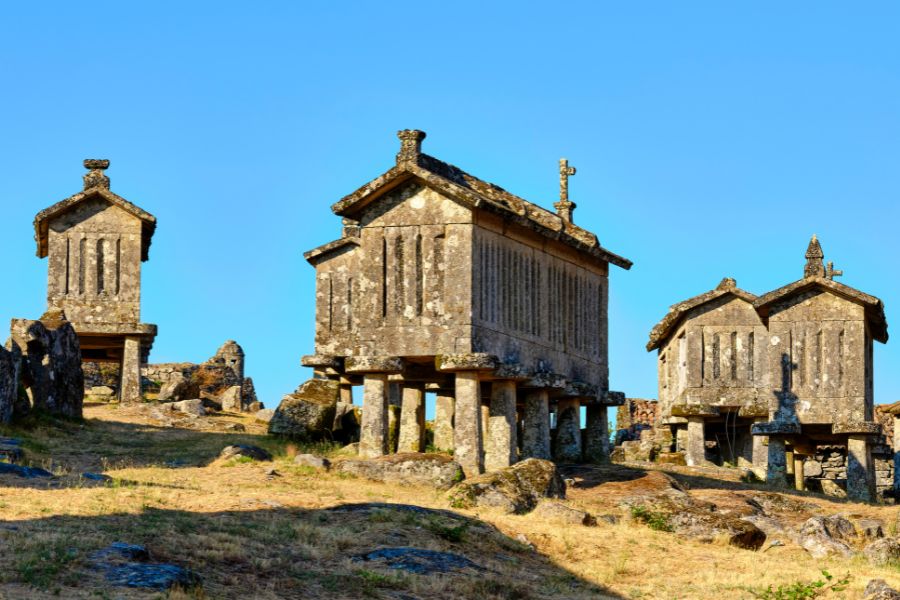
As Portugal’s only national park, Peneda-Gerês is a spectacular blend of rugged granite mountains, verdant forests, and terraced fields. Ancient stone villages dot the landscape, each retaining its centuries-old traditions.
The park is home to an abundance of fauna, from wild Garrano ponies to the Iberian wolf.
12. Oulanka National Park, Finland
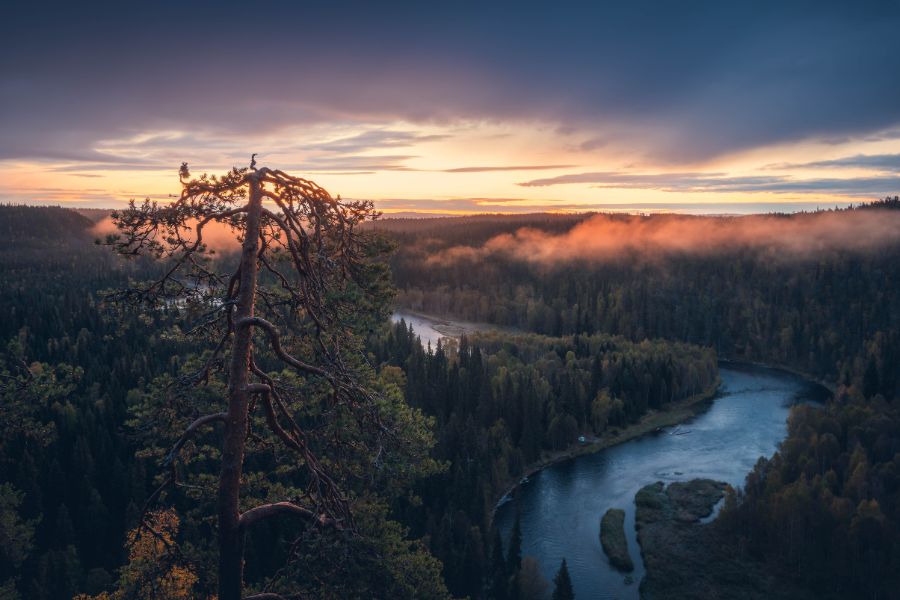
Situated near the Arctic Circle, this park offers a mix of Eastern and Western natural landscapes due to its transitional location.
With hanging bridges spanning over wild rivers, and trails leading through pine forests, it’s particularly famous for the Karhunkierros, or “Bear’s Ring”, a renowned hiking trail.
13. Killarney National Park, Ireland
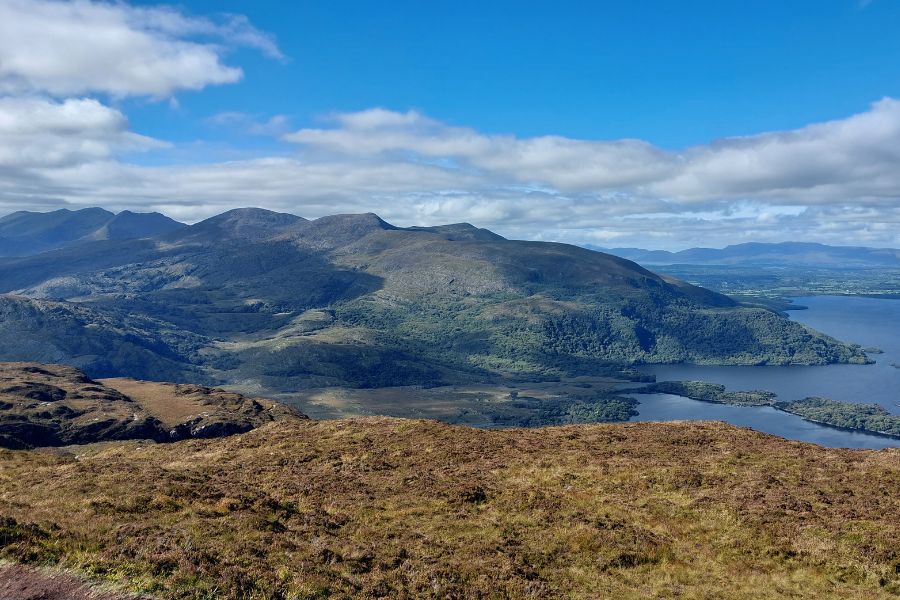
Lakes, mountains, and woodlands define this stunning park in southwestern Ireland. The historic Muckross House and the 15th-century Ross Castle provide a peek into the region’s rich heritage.
Amidst the natural beauty, you can find Ireland’s only native herd of red deer.
14. Hohe Tauern National Park, Austria
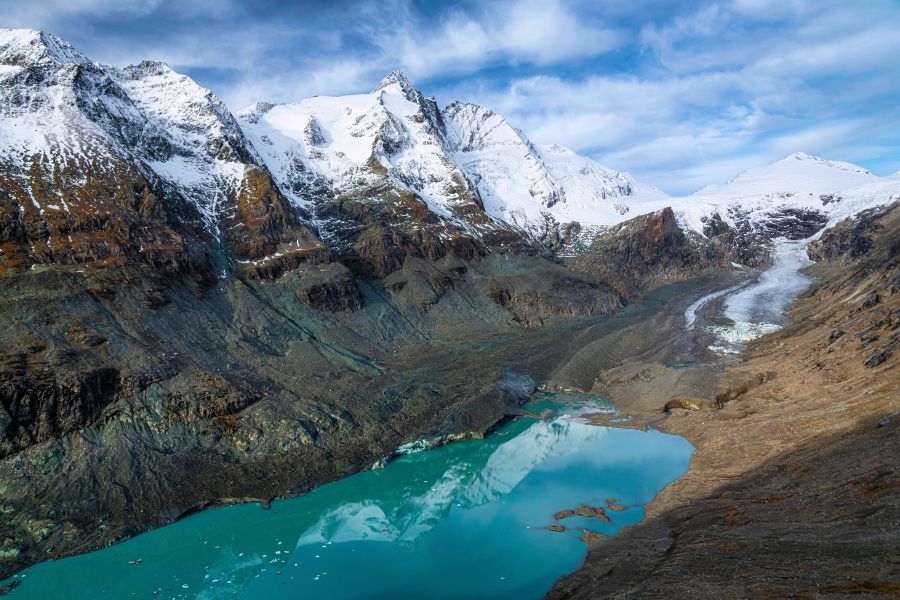
Covering a part of the Alps, this is Austria’s largest national park. It’s home to Grossglockner, the country’s highest peak, as well as powerful waterfalls.
The diverse elevation levels within the park create a variety of habitats, fostering a rich biodiversity, including birds of prey.
15. Pyrenees National Park, France
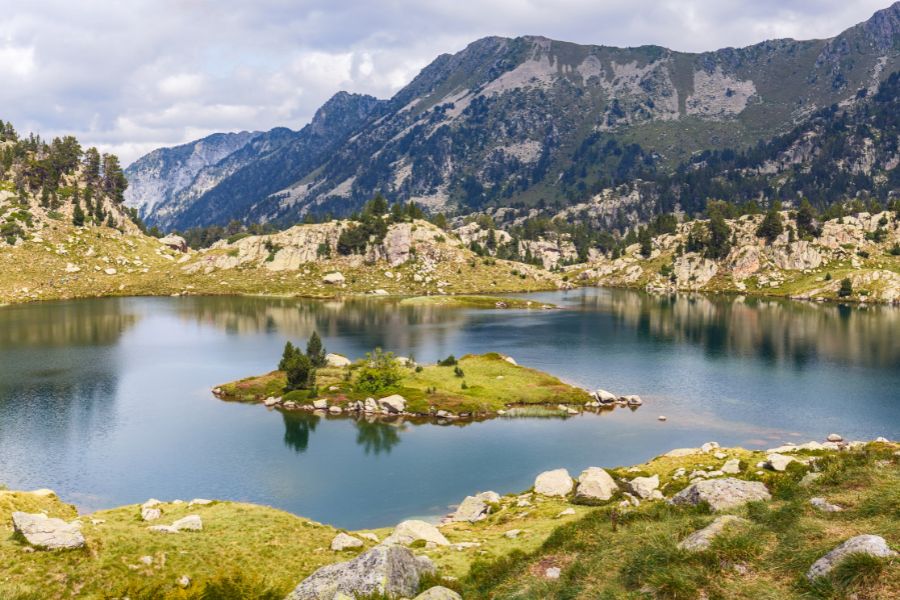
Straddling the border between France and Spain, this park boasts a wild landscape of craggy peaks, deep canyons, and sparkling lakes.
The park is also a sanctuary for species such as the Pyrenean desman and the bearded vulture.
16. Durmitor National Park, Montenegro
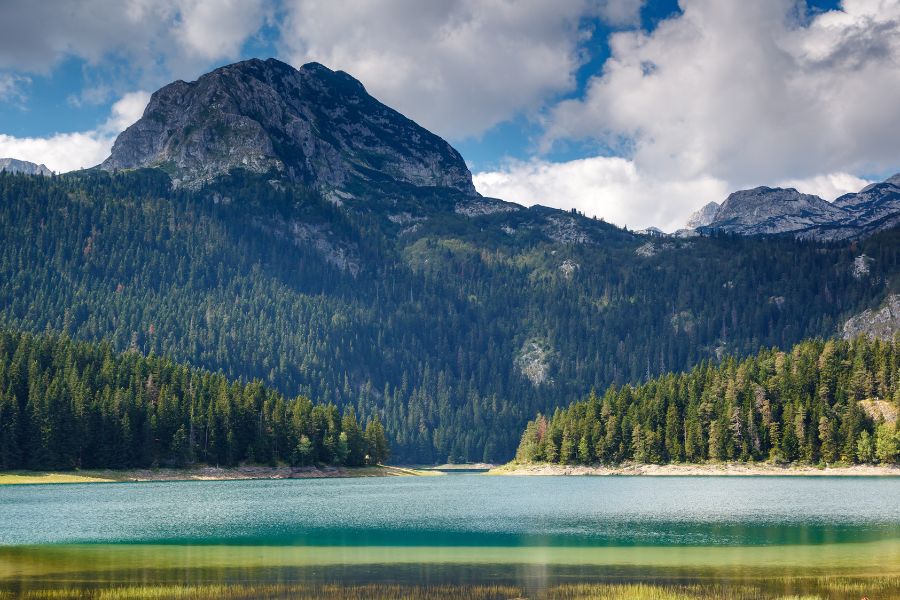
Defined by soaring peaks and deep canyons, this park is especially known for the Tara River Canyon, Europe‘s deepest gorge.
Apart from its stunning landscapes, Durmitor is a UNESCO World Heritage Site due to its untouched nature and diverse fauna.
17. Rila National Park, Bulgaria
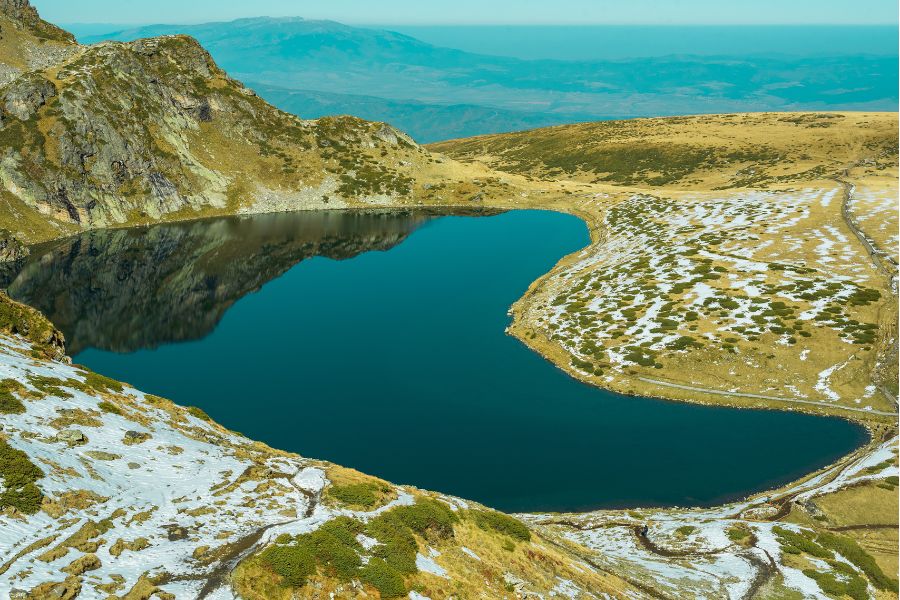
Rila enchants visitors with its alpine meadows, dense forests, and over 100 glacial lakes.
The park is also home to the Rila Monastery, a UNESCO World Heritage Site, and a significant spiritual and cultural monument for Bulgaria.
18. Bucegi Natural Park, Romania
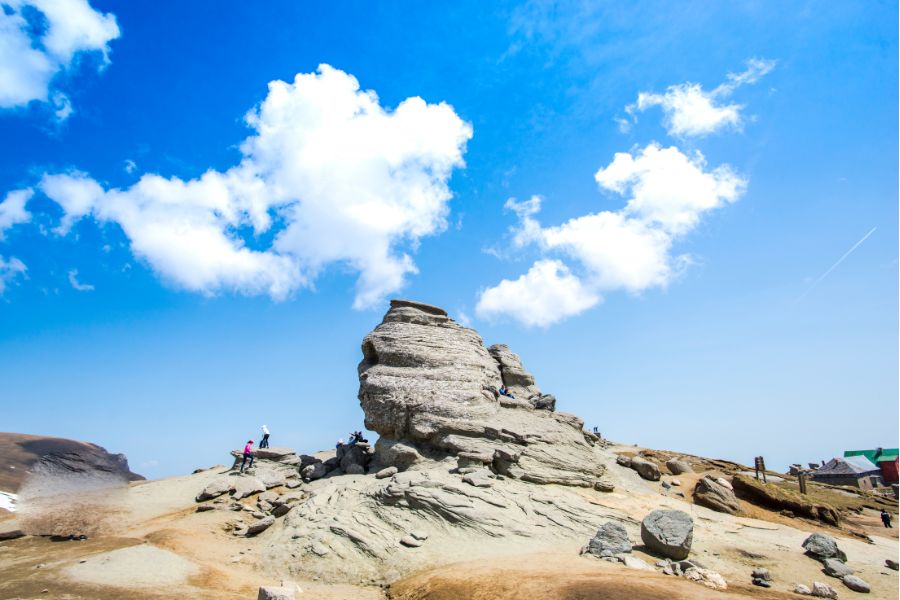
In the Southern Carpathians, the Bucegi Mountains captivate with their diverse range of landscapes, from sheer cliffs to gentle meadows.
Mystical formations like the Sphinx and Babele—naturally formed rock structures—add a touch of magic to the region.


